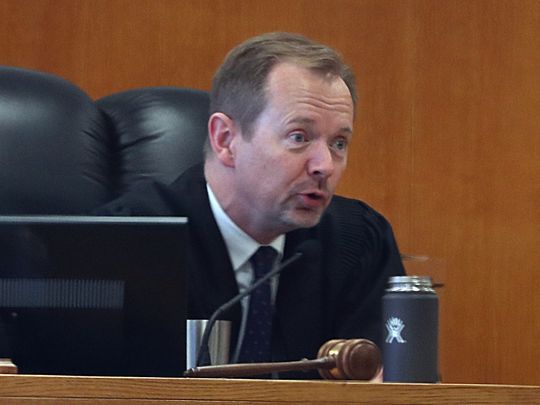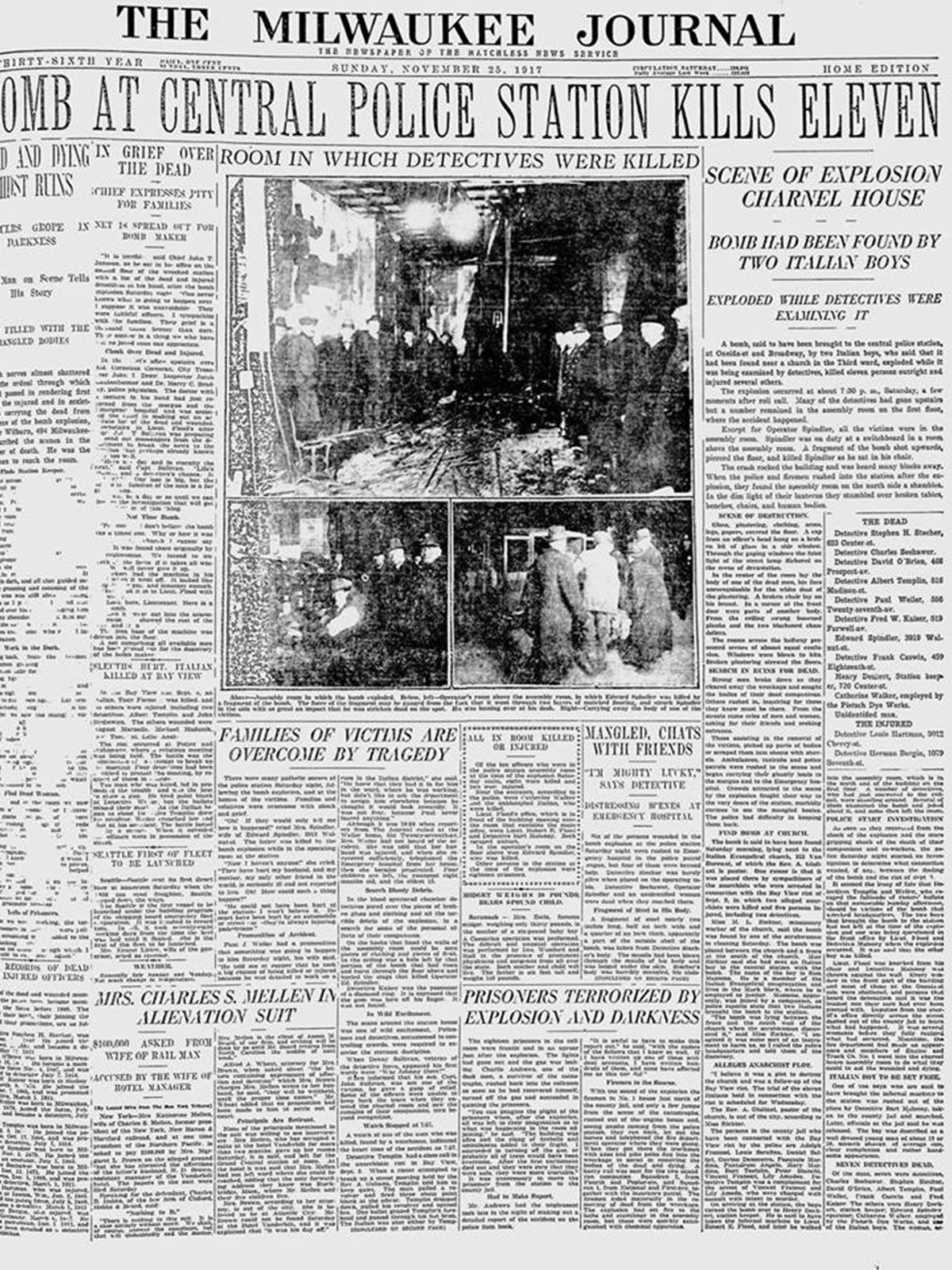
"We're having direct conversations with them, surveying with them, about what they feel is achievable and what it is that our partnership with them can help achieve. "What we want to be able to do is to ensure that the people that we're trying to help, are we addressing the priorities that they are saying need to be addressed in their communities?" he said. Those numbers, he added, are the result of many partners. "We're not measuring the success by the rise and fall of crime statistics," Hamilton said.

The Office of Violence Prevention wants to measure success through the eyes of its partners "Not everyone should be an officer and, if you shouldn't, then you should go because, if this is not where you want to police, in Milwaukee where there's diversity and social differences and all these wonderful things, if you can't see that, then peace out," she said. She also said that officers have to want to do the job. One way they're doing that is by rotating the community liaison positions, which do outreach work, so more officers have that positive experience.

The department is working to make sure officers have positive interactions with residents, not just going from crisis to crisis answering 911 calls, she said. Officers felt like they were being judged for something that didn't occur in their city. Waldner said she understood some of the frustrations from 2020. It's planned, it's calculated." Milwaukee police are trying to get more officers to have positive interactions with residents, avoid burnoutĪ reporter asked Waldner to respond to conversations from police officers who said that, after the racial justice protests of 2020, they hesitate to do proactive policing such as traffic stops for minor violations. "What I've noticed lately is there's a lot of close-proximity shooting, like they're in the car together, obviously there's some sort of a relationship," Waldner said. Waldner echoed those theories, saying police continue to find more casings at shooting scenes and more evidence of "switches" being used to make a gun fully automatic. when people have beef with each other and someone goes out and has made a decision, 'OK, I'm ending this right now,' they shoot into very specific locations," Lipski said. "(There's) a larger number of bullets per shooting being fired, and certainly, I think. Officials attributed the rise to more targeted shootings and more gunfire occurring with each shooting incident. It's a jump from the 15% lethality rate typically seen in earlier years. Last year, shootings in the city had a lethality rate of about 19%, meaning nearly one in every five shooting victims died from their injuries, according to a Milwaukee Journal Sentinel analysis.

Shootings have gotten deadlier in the city "So long as we're not having an impact on the things that have remained constant that create violence in your community, then the rise and fall of crime statistics are going to be inconsequential to long-term stability," he said. Although that drug epidemic is gone, the same persistent root causes, such as concentrated poverty, remain, he added.
Ashley luthern milwaukee journal sentinel crack#
Hamilton pointed out the recent historic homicide totals have been compared to the early 1990s, when the crack cocaine epidemic was fueling record gun violence. We have to look at it in a large increment of time." It's a positive trend - and one happening in cities across the country - but officials urged caution. Here are six takeaways from the conversation: Although homicides have trended lower this year, no one is celebratingĪs of Monday, Milwaukee has 64 homicides this year, a 27% drop compared to the same time last year. The group answered questions from a panel of journalists and audience members for more than an hour Tuesday. The Milwaukee Press Club and WisPolitics hosted the forum featuring Ashanti Hamilton, director of the city's Office of Violence Prevention Kenneth Harris Jr., associate professor at Concordia University and radio host Fire Chief Aaron Lipski and Assistant Police Chief Nicole Waldner. Milwaukee's rise in violent crime will require everyone - from government workers to business owners to residents - to join together and make it a safer place, a panel of community leaders said this week.


 0 kommentar(er)
0 kommentar(er)
